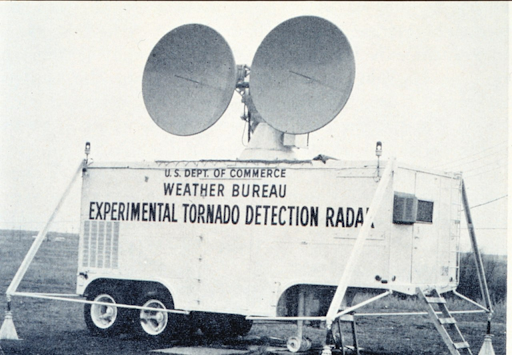"Nuclear physicists have discovered a revolutionary way to use the Relativistic Heavy Ion Collider (RHIC) at the U.S. Department of Energy’s Brookhaven National Laboratory to gain insight into the shape and details of atomic nuclei. This method involves using particles of light that surround gold ions as they travel around the collider, as well as a new type of quantum entanglement that has never been observed before". (ScitechDaily.com/New Type of Entanglement Lets Nuclear Physicists “See” Inside Atomic Nuclei)
The superpositioned and entangled particle pairs can form a new type of quantum system. Those particle pairs can form the miniature doppler-radar that can detect things. That has been invisible before. The superpositioned and entangled particles can also use to scan subatomic particles and the atom's internal structures.
The idea of quantum sensors is that they are acting like full-scale sensors. But the size of those sensors is far smaller than regular sensors. The thing is that theoretically two electrons or two superpositioned and entangled photons can form doppler radar antennas. In the same way, the line of hovering electrons can form the SAR radars.
Doppler radar is two antennas that detect the change in radio waves. That system is one of the most common in use to measure an object's speed. Scanning doppler radar means the system there antennas are rotating each other.
Above: Doppler-radar
Above SAR (Synthetic Aperture Radar) -radar's principle Credit:NASA
"Left: Scientists use the STAR detector to study gluon distributions by tracking pairs of positive (blue) and negative (magenta) pions (p). These p pairs come from the decay of a rho particle (purple, ?0) — generated by interactions between photons surrounding one speeding gold ion and the gluons within another passing by very closely without colliding. The closer the angle (F) between either p and the rho’s trajectory is to 90 degrees, the clearer the view scientists get of the gluon distribution. Right/inset: The measured p+ and p- particles experience a new type of quantum entanglement". (ScitechDaily.com/New Type of Entanglement Lets Nuclear Physicists “See” Inside Atomic Nuclei)
"Here’s the evidence: When the nuclei pass one another, it’s as if two rho particles (purple) are generated, one in each nucleus (gold) at a distance of 20 femtometers. As each rho decays, the wavefunctions of the negative pions from each rho decay interfere and reinforce one another, while the wavefunctions of the positive pions from each decay do the same, resulting in one p+ and one p- wavefunction (a.k.a. particle) striking the detector. These reinforcing patterns would not be possible if the p+ and p- were not entangled. Credit: Brookhaven National Laboratory" (ScitechDaily.com/New Type of Entanglement Lets Nuclear Physicists “See” Inside Atomic Nuclei)
The SAR-radar or synthetic aperture radar is the system that is put in the moving platforms. That thing allows us to create an antenna that's dimension is very big. And the SAR technology makes it possible to create very sharp images from targets because the radar scanner's accuracy depends on the size of the antennas.
The scanning tunneling microscope can use as quantum radar. The idea is that. The researchers can replace ions, which hover above the layer with electrons or even photons. Two hovering ions can form the antenna for miniaturizing radars.
In quantum technology, doppler radars can create by using two electrons that hover above the layer. The wave motion that is sent to those electrons can turn them into the smallest doppler radars. That ever created. Series of small needles that hovers series of electrons that can scan layers with incredible accuracy.
But also, there is the possibility to use superpositioned and entangled electrons or photons. Then the atom will transfer between those superpositioned and entangled particles. The superpositioned and entangled particle pairs can also use miniature doppler or SAR radars. And that kind of system can revolutionize radar technology.
https://www.capellaspace.com/sar-101-an-introduction-to-synthetic-aperture-radar/
https://en.wikipedia.org/wiki/Doppler_radar
https://en.wikipedia.org/wiki/Synthetic-aperture_radar








No comments:
Post a Comment
Note: Only a member of this blog may post a comment.